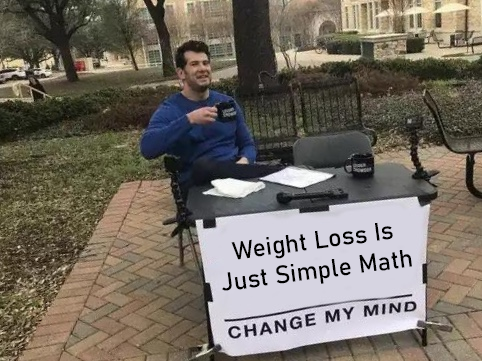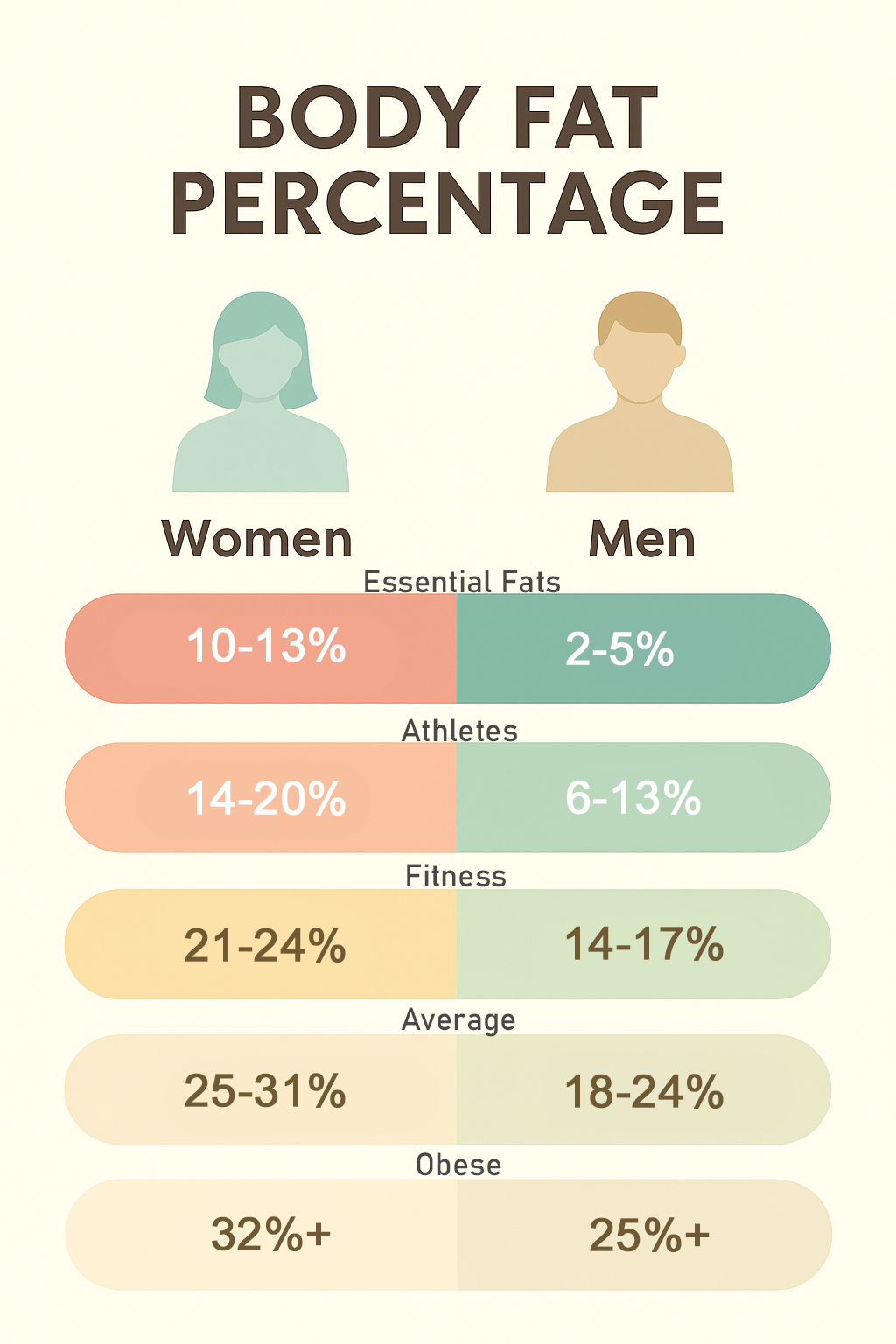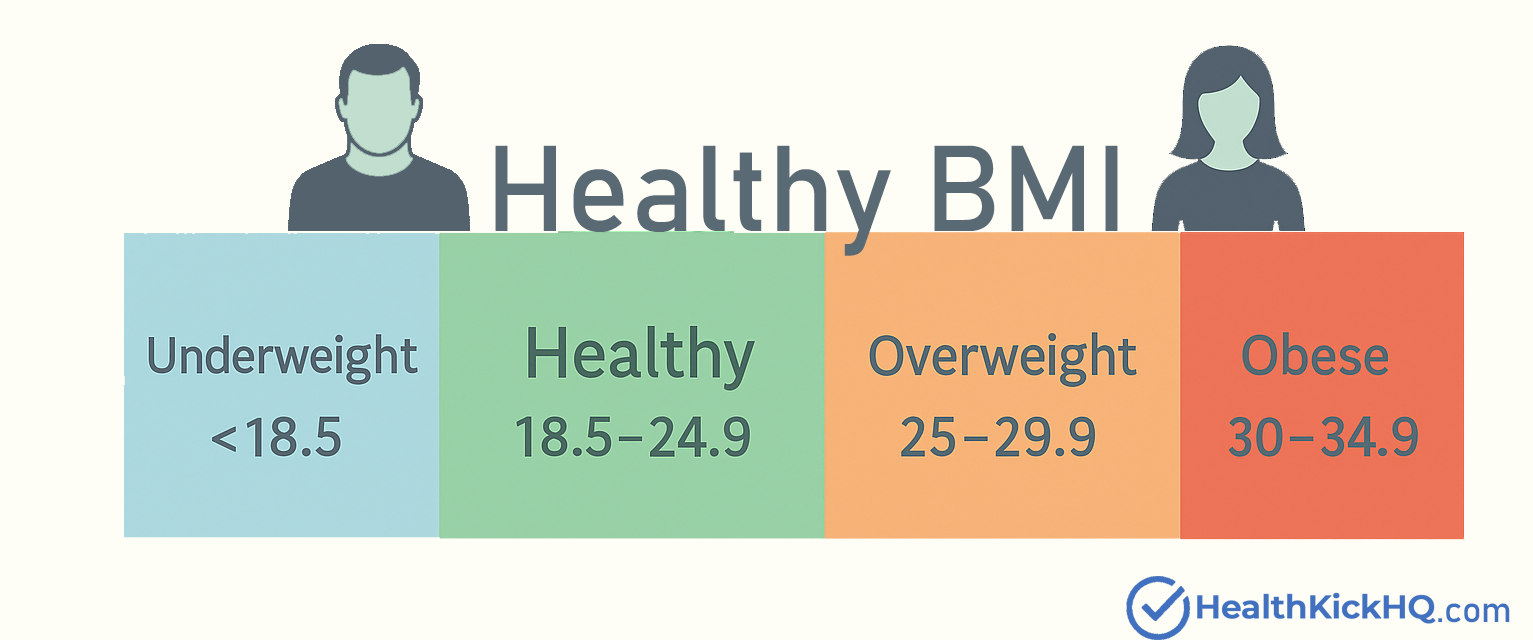
(And Use Our Goal-Weight Calculator to Plot the Finish Line)
Ever tell yourself, “I’ll stop dieting when I’m ‘skinny enough’,” then spend six months circling the buffet?
Spoiler: vague goals breed vague results. A crystal-clear goal weight is your GPS pin—no pin, no arrival.
Quick-Start: 3 Ways to Find Your Goal Weight
(Pick the one that fits your reality—then we’ll fine-tune it.)
- Body-Fat Percentage Method – best for anyone who can grab a Dexa scan, InBody printout, or even a home smart scale.
- BMI Method (Adjusted) – fast and free; add a sanity check if you’re tall, jacked, or both.
- Reverse-Timeline Math – convert pounds to lose into weeks, then circle the date on your calendar.
Why bother? People who set specific, measurable weight goals lose more fat and keep it off longer than “I’ll just eat healthier” dieters. (source)
Method 1: Body-Fat Percentage
Scenario: You’re 230 lbs at 28 % body-fat. You want to hit the fitness category (≈ 18 %). What should the scale read?
Why this method rocks
-
Focuses on composition, not just a smaller number.
-
Builds in wiggle room for muscle gain during your cut.

How to do it
1. Grab your current body-fat % (Dexa scan, smart scale, or gym calipers—precision varies, trend matters).
2. Choose a category that matches your vibe:
• Athlete ♀ 14 % ♂ 6 %
• Fitness ♀ 21 % ♂ 14 %
• Average ♀ 25 % ♂ 18 %
3. Plug numbers into the calculator —it does the algebra and spits out your scale goal.
Chase a look, not a random scale number.
Method 2: BMI (But Smarter)
BMI is like using one clothing size chart for toddlers, linebackers, and giraffes—sometimes it fibs.
Why it matters anyway

-
-
Doctors still flag health risk by BMI zones.
-
Works decently for the non-athletic, not-tall majority.
-
How to do it
1. Find the “healthy” BMI range for your height (18.5–24.9).
2. Note the midpoint weight—that’s your baseline goal weight.
3. Add 10-20 lb if you’re:
• Over 6′ 1″
• Muscular, broad-framed, or ex-linebacker
BMI is a blunt tool—sharpen it with common sense.
Method 3: Reverse-Timeline Math
You’re 205 lb, goal is 165 lb. That’s 40 lb to lose. At a realistic 0.7 lb per week, you’re looking at ≈ 57 weeks—circle next July.*
Why this matters
-
-
Links the scale goal to a calendar date.
-
Turns “someday” into “Week 23 progress photo.”
-
How to do it
- Pounds to lose ÷ 0.7 = weeks of cutting.
- Break into phases (e.g., 12-week cut → 4-week maintenance → repeat).
- Set mini rewards every 5 % lost (new workout shoes, massage—not a sheet-cake).
Deadlines turn dreams into plans.
Case Study: Sarah’s 40-lb Journey in Real Numbers
| Stat | Day 0 | Goal | Why that goal |
|---|---|---|---|
| Weight | 185 lb | 145 lb | Based on 22 % body-fat target |
| Time-line | — | 52 weeks | 0.75 lb/wk average |
| Milestones | 175 lb • 165 lb • 155 lb | Celebration = new jeans, weekend hike, photo shoot | Keeps motivation battery charged |
Sarah hit 147 lb in Week 53—two pounds shy, zero regrets.
Ready? Run the Calculator
Goal-Weight Estimator
(Choose body-fat or BMI, hit “Calculate,” and write the number down—ink beats memory.)
Goal Weight Estimator
Weight-Loss Pace Estimator
Estimate weekly loss from calories, exercise, and RMR
RMR: —
Estimated pounds lost/week: —
FAQ (Your Peace of Mind)
Q: Is BMI totally useless for athletes?
A: No, but add 10-20 lb buffer if you’re muscular; then reassess by mirror and measurements.
Q: Can I change the goal mid-journey?
A: Of course. Treat the first number like GPS—if you find a faster/better route, re-route.
Q: What’s a healthy weekly weight-loss pace?
A: 0.5–1 % of body-weight per week. Faster often means muscle loss and Netflix-level hunger.
Bottom Line
Crystal-clear goals beat fuzzy wishes every time. Pick a weight that matches your body-fat ambitions or a realistic BMI target, slap a date on it, and let the calculator do the math. Then…
- Write the number down.
- Work backward to weekly targets.
- Start today—future-you is already cheering.
Drop questions or your shiny new goal weight in the comments—we answer every one (usually while sipping a once-illegal-in-our-household protein hot chocolate).
Choose the number, set the date, and watch the scale blink first.
As always, if you’re ready to lose weight and change your life, check out our free starter’s guide.
